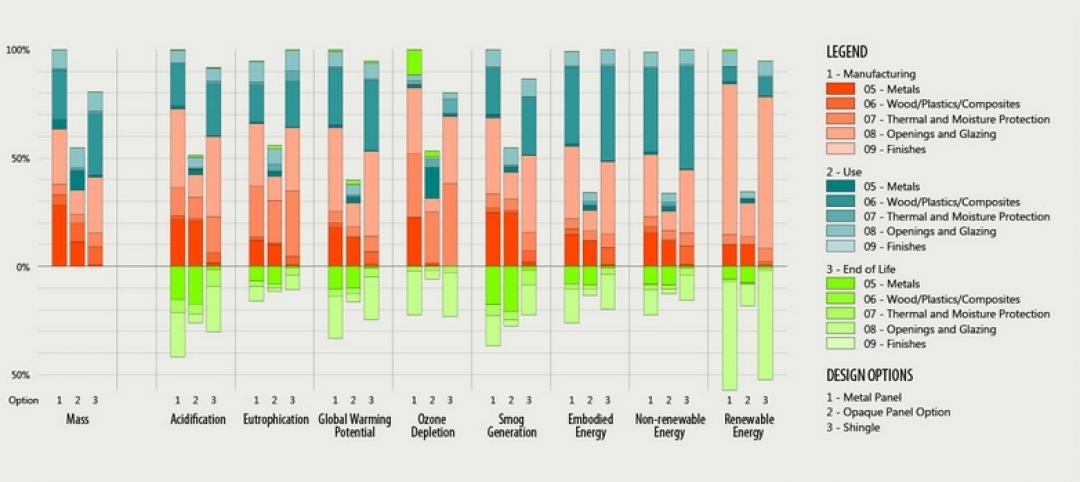New York City developers are using rooftop wind turbines in an effort to attract buyers by highlighting a building’s green credentials.
A recent example is Pearson Court Square, a 197-unit apartment building in Queens which is adorned with three turbines resembling “huge carbon-fiber strands of DNA strung around a 10-foot mast,” according to the New York Times.
“We anticipated a lot of our tenants would be drawn to something different,” Ron Moelis, principal of L&M Development, the developer of Pearson Court Square, told the Times. The developer has been using sustainable design elements such as solar panels, insulated glass, and super-efficient boilers for many years. This was the developer’s first use of wind turbines.
While conventional turbines require a steady breeze of 10 miles per hour or more, helix-shaped turbines can capture winds from any direction and at lower speeds. The New York State Energy Research and Development Authority helped pay about half the $100,000 installation cost and will study the turbines’ efficacy.
Some green advocates bemoan this use of funds, however.
“A tiny windmill on a big building is just silly — it might as well be a pinwheel,” said Russell Unger, executive director of the Urban Green Council. “It’s a lovely idea, if people want to pay for it and test it out, but as far as return on investment goes, it’s a waste compared to more insulation and efficient building systems.”
Related Stories
| Nov 27, 2013
Ohio legislators move to ban use of LEED on public construction
Two Ohio state senators have introduced legislation that seeks to ban the use of LEED in public construction.
| Nov 27, 2013
ASTM issues revised standard on phase I environmental site assessments
ASTM has issued revised standard ASTM E1527-13 that governs phase I environmental site assessments.
| Nov 27, 2013
Vancouver, B.C., bans doorknobs in building code update
The goal of making it easier for people to age in place led to amendments to Vancouver, B.C.’s building code including banning doorknobs in favor of lever handles.
| Nov 22, 2013
Kieran Timberlake, PE International develop BIM tool for green building life cycle assessment
Kieran Timberlake and PE International have developed Tally, an analysis tool to help BIM users keep better score of their projects’ complete environmental footprints.
| Nov 20, 2013
WDMA receives final approval on code amendments
The Window and Door Manufacturers Association (WDMA) was granted final approval of several amendments it proposed to the 2015 editions of the International Residential Code (IRC), International Energy Conservation Code (IECC), and International Existing Building Code (IEBC).
| Nov 20, 2013
Safe Jobs Act would provide more protection for New York City construction workers
Legislation that would require safety training for construction workers on public projects in New York City has been introduced to the City Council.
| Nov 20, 2013
Boston officials grapple with impact of new FEMA flood maps
New federal maps for Boston significantly expand the number of homes and businesses in areas considered at high risk of flooding, a change that could force thousands of property owners to purchase expensive insurance and complicate redevelopment along the city’s waterfront.
| Nov 20, 2013
How LEED and Green Globes stack up
An analysis of the strengths and weaknesses of the Green Globes rating system and LEED standards puts LEED ahead, but doesn’t discount the merits of Green Globes.
| Nov 14, 2013
First LEED v4 certified project garnered by Beijing furniture showroom
Haworth’s showroom in Beijing’s Parkview Green building has been recognized as the world’s first certified LEED project under the USGBC’s new LEED version 4 beta program.
| Nov 14, 2013
OSHA proposes requirement for large firms to disclose workplace injuries
A proposal from the Occupational Safety and Health Administration would require companies with more than 250 employees to disclose workplace injury and illness reports online.










